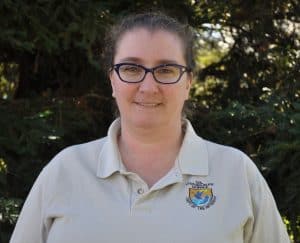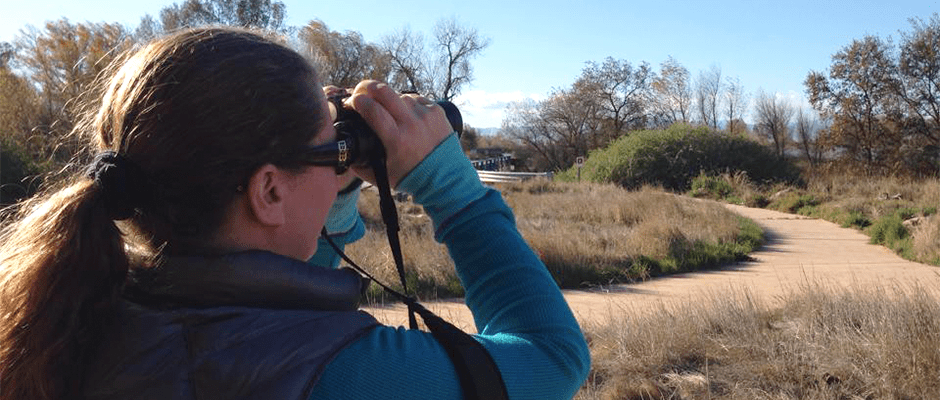Share this article
TWS salutes women in wildlife biology careers
The National Women’s History Project, founded in 1980, is a nonprofit educational organization committed to recognizing and celebrating women’s diverse and significant historical accomplishments. Each March, the group highlights the accomplishments of women in all professions. This year’s theme is “Honoring Trailblazing Women in Labor and Business.”
In cooperation with the U.S. Fish and Wildlife Service, TWS is pleased to highlight the contributions of women in wildlife conservation and management in the agency’s Women in Science series.

Lily Douglas is a wildlife biologist for the USFWS Sacramento Fish and Wildlife Office. ©Veronica Davison, USFWS
When the first word you speak as a child is “bird,” you are almost predestined for a career in wildlife biology. That was true for Sacramento Fish and Wildlife Office (SFWO) biologist Lily Douglas, who knew from a very early age that she wanted to cultivate her passion into a career. She has always felt a connection to the land and deeply values field work and tangible results that advance the mission of the U.S. Fish and Wildlife Service. Within SFWO, Lily is an important resource to colleagues, often drawing upon her impressive career, which includes working for the Bureau of Land Management, to provide guidance internally and externally. Although she is an avid birder, Lily’s current work focuses on writing and implementing biological opinions for large infrastructure projects.
- Why did you become a biologist?
I really feel like biology chose me. According to my mom, my first word was “bird!” I’ve always liked animals and nature, and I started volunteering when I was in middle school. I also enjoy learning, so when I found out that I could go to school and learn to become a wildlife biologist, it seemed like an obvious choice!
- What aspect of wildlife biology are you most passionate about?
I am most passionate about working with others to encourage them to support conservation. Partnerships are so important, and it’s even better when you can find them in unlikely places. You never know which landowner would do almost anything for the frogs in their pond or which construction worker might think salamanders are really cool.
- What do you find most challenging about your work?
The most challenging aspect is balancing the differing views of everyone involved. Everyone has their own worldview, their own mission, their own regulations to enforce. But hopefully in the end, we’re able to find common ground and move forward to accomplish everyone’s goals. Building those partnerships and trust goes a long way, but it doesn’t always come easily.
- What three tips would you give someone in becoming a wildlife biologist?
Do well in school! It may seem obvious, but even how well you do in an individual course can make a difference. Two of my jobs were offered to me by professors who had watched how hard I worked in their classes.
I would recommend that you be as flexible as you can. We all have family and friends at home, but there are some great opportunities in other places. Take that adventure. You’ll make new friends, and maybe you can introduce your family to a cool new place.
Hold on to that passion. Life isn’t always perfect. You might not always make the best decisions. But if you remember what you’re working for, you can even create opportunities where they’re not immediately obvious.
- What are you most hopeful about as it relates to conservation?
I’m hopeful about the generations to come. When I see my niece and nephews kneeling down to peer at a banana slug or pointing at snow geese on the television. When my friends text me to ID a bird so they can tell their kids what it is. Wildlife inspires wonder, so even on those days that feel more challenging, I’m confident that there will always people willing to work for conservation.
Header Image: Lily Douglas birding at Colusa National Wildlife Refuge. ©Cindy Sandoval








